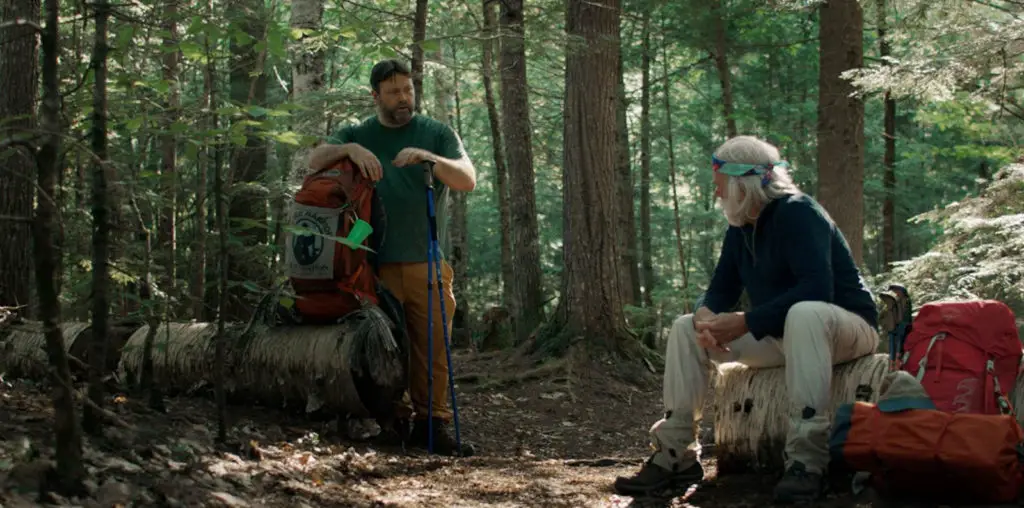
“The Saphead” is notable as Buster Keaton’s first starring role in a feature-length film after he cut his teeth appearing in many shorts with Fatty Arbuckle, but it’s not noteworthy as a good movie. It’s not even a good example of a Keaton film, since he had no involvement in its writing or direction and it features none of the physical comedy for which “Stoneface” would later be known.
“The Saphead” is based on a play that was previously made with Douglas Fairbanks before it was filmed again with Keaton, who was recommended by Fairbanks for the same role he had played. Keaton stars as Bertie, the shiftless son of a fabulously wealthy man, Nicholas Van Alstyne, whose daughter Rose is married to Mark Turner, an unsuccessful businessman with a scandalous secret and a chip on his shoulder. Old Nick, as he’s known, also raised an orphan named Agnes as his own daughter, and she’s due to return from college.
Bertie is in love with Agnes — I can’t imagine a modern audience getting past the creepiness of that, but I guess audiences in the Roaring 20s didn’t mind, since “The Saphead” was a successful release. Bertie decides that the best way to impress Agnes is to follow the advice of a book and become a bad boy, which leads to a particularly amusing scene in which he ends up at an illegal casino and wins a ton of money even though he doesn’t know what he’s doing. When the police raid the place, he begs them to arrest him, but they’re not interested.
It turns out Bertie didn’t need to do anything to impress Agnes, since she already liked him too. Old Nick gives his son the boot, not because of his creepy love for his semi-sister but because he figures the kid needs to learn how to live on his own. However, he gives Bertie a million dollars first, which leads to another amusing sequence in which Bertie buys a seat on the Stock Exchange for $100,000 (“Furniture has gone up in price a lot,” he tells Agnes) and later hangs around on the trading floor, where other traders take advantage of his naivete.
Meanwhile, Mark Turner has worked out a scheme that will fleece Old Nick of his loot and cover up his affair with another woman, but Bertie manages to save the day, albeit after being told by someone else what to do. (The scheme reminded me of Wall Street’s shenanigans in recent years; I suppose as long as financial markets exist, people will figure out ways to defraud others in ways that may be legal but are highly immoral.)
In the end, Bertie doesn’t have to do much of anything to overcome his obstacles, so we’re left admiring Keaton’s fledgling acting chops. The persona he would soon become famous for was formed in this film, minus the physical comedy that would become his legacy. “The Saphead” is worth watching purely for its place in film history; without Keaton’s involvement, it would likely be long-forgotten and no one would care about its release on Blu-ray.
This disc also contains an alternate version of the film that was shot for release overseas. The featurette “A Pair of Sapheads” compares the differences, which mostly involve framing and editing choices; I barely found the original version of the movie worth watching, save for Keaton’s contributions, so the alternate version and the featurette are only worthwhile as historical curiosities.
However, “Buster Keaton: Life of the Party” is a 30-minute bonus feature that’s very much worth your time, if you’re a fan of the actor. While it’s audio-only, it was recorded on reel-to-reel in 1962 during a party Keaton held for friends. It features him telling many stories from his career, including his early days in vaudeville. A photo gallery from is vaudeville career is also included; it probably would have been better to display the pictures onscreen while Keaton is talking.
Finally, we have “Why They Call Him Buster,” which is simply a minute of his pratfalls to promote Kino’s “Lost Keaton” collection, which I previously reviewed.
